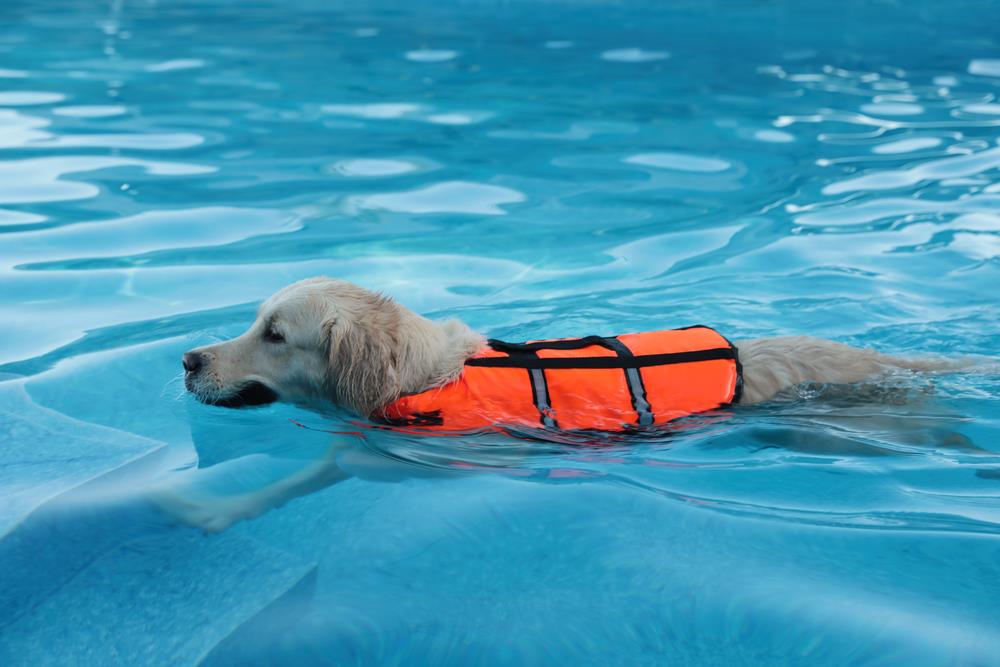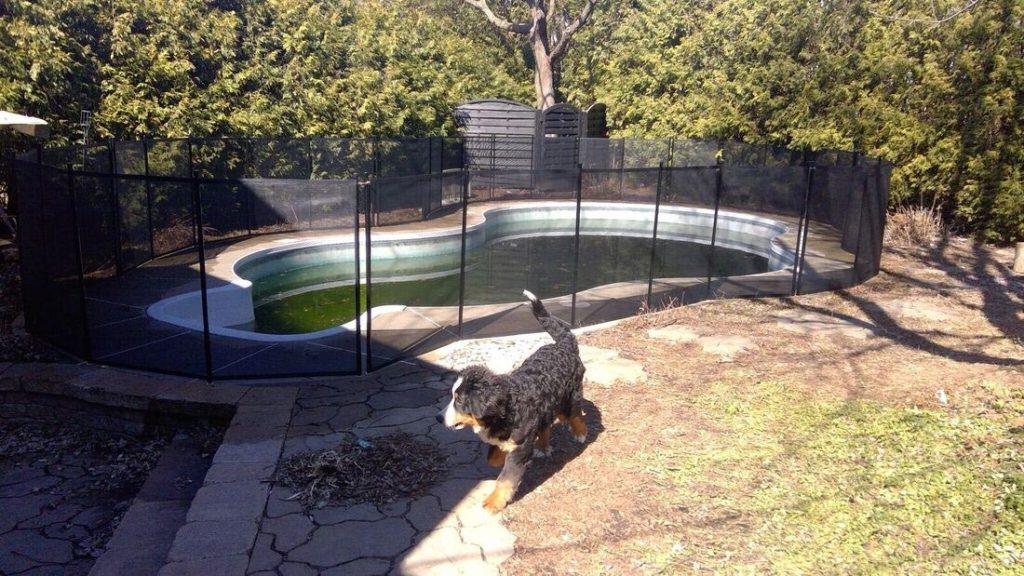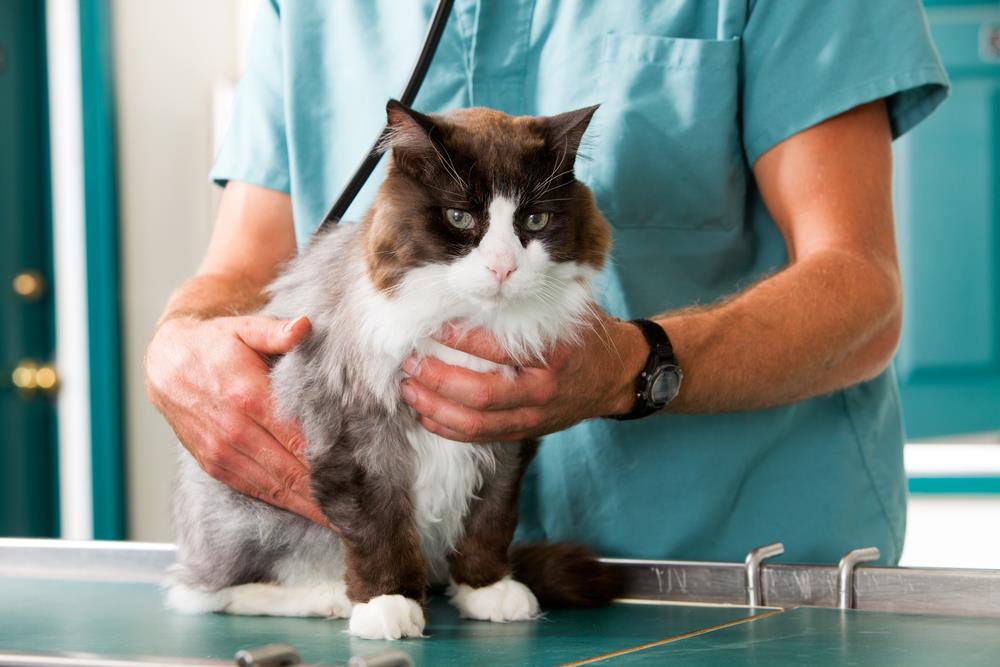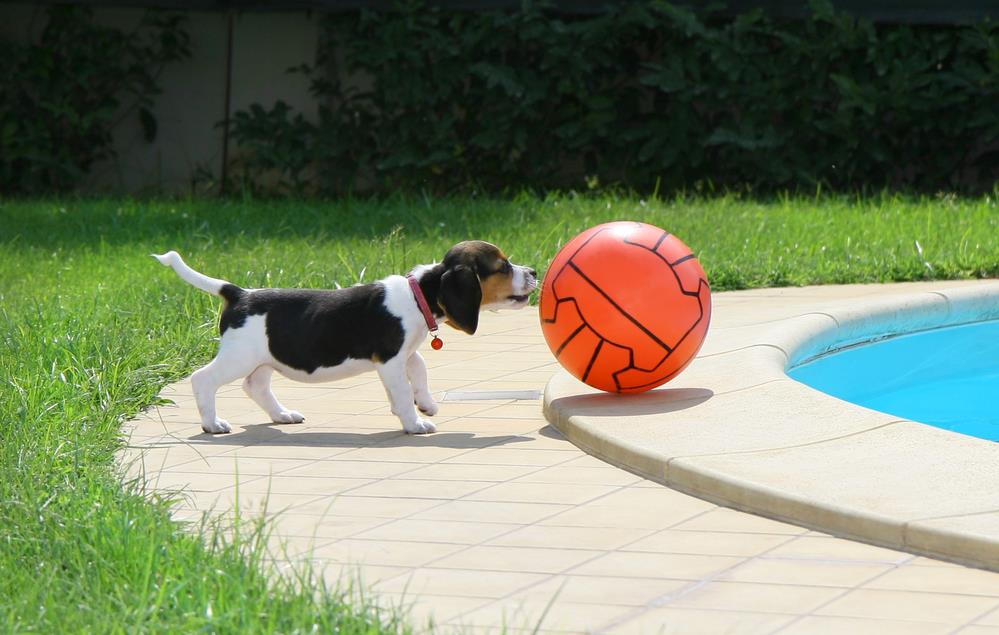Understanding the Risks Associated with Pets and Water
Water bodies, including swimming pools, ponds, rivers, and oceans, can pose significant risks to domestic pets. Whether it’s the threat of drowning, exposure to harmful toxins, or the potential for disease transmission, the dangers are real and varied. Dogs, for example, can easily misjudge the depth of water and find themselves in difficulties, while cats may be at risk from contaminated water sources.
Ensuring your pets’ safety around water requires a solid understanding of the potential hazards, and taking effective precautionary measures. It’s crucial to maintain close supervision, provide swimming lessons if possible, and limit access to dangerous water bodies.

Keeping Pets Safe Around Water
- Supervise your pets around water bodies.
- Provide swimming lessons for pets that are likely to be around water.
- Restrict access to dangerous or contaminated water sources.
Essential Water Safety Tips for Different Types of Pets
As responsible pet owners, it’s crucial to understand the unique needs of our beloved companions when it comes to water safety. Different pets – be they dogs, cats, birds, or small animals – require different precautions.
Dogs
Whether your dog is a small breed or a large one, ensure they are comfortable with water. Introduce them gradually, using positive reinforcement techniques. Always supervise them near water bodies. [Image 1 Placeholder]
Cats
Despite the popular belief, not all cats detest water. However, they should never be forced into the water. Instead, let them explore at their own pace. Remember, cats are agile climbers and can easily fall into a water tank or pool.
Birds and Small Animals
Small animals and birds need shallow, easily accessible water sources. Ensure their cages have fresh water daily. For birds that enjoy baths, provide a shallow dish of water.
Final Thoughts
Regardless of the pet, always remember to never leave them unsupervised near large water bodies. Understanding their natural behaviour can greatly enhance their safety.
Training Your Pet for Water Safety
Ensuring that your pet is safe around water is a critical aspect of pet ownership, particularly in a country as water-loving as Australia. Training your pet effectively can prevent accidents and ensure their safety. The training should be comprehensive, encompassing swimming lessons, teaching them to stay away from water when unsupervised, and guiding them on how to get out of water safely.

Initially, introduce your pet to water gradually, starting in shallow areas. Ensure they are comfortable before progressing to deeper water. Experts such as those at the RSPCA recommend the use of floatation devices during initial training.
Next, establish water boundaries. Pets must be trained to stay away from water bodies when unsupervised. This can be achieved through consistent training and reinforcement.
Finally, ensure your pet knows how to exit the water safely. This can be practised by repeatedly guiding them in and out of the water, with a focus on the exit points.
Remember, while training is important, it’s equally crucial to maintain a watchful eye on your pet around water, as accidents can happen fast.
Using Pet Life Jackets and Other Safety Gear
Ensuring your pet’s safety around water is paramount. A crucial aspect of this is investing in a quality pet life jacket and other appropriate safety gear. Pet life jackets are designed to provide buoyancy, helping your pet stay afloat in water. They are particularly beneficial for pets that are not strong swimmers or for those encountering water for the first time.
When selecting a life jacket for your pet, consider the size, fit, and buoyancy. The jacket should be snug yet comfortable, allowing your pet to move freely. Bright colours are recommended for visibility. A top handle is essential for quickly lifting your pet out of the water if needed.
Aside from life jackets, other safety gear such as pet floatation devices and water alarms can be utilised. These devices add an extra layer of protection for your pet around water.
Proper Use of Pet Life Jackets
Simply acquiring a life jacket isn’t enough. Knowing how to use it properly is key to ensuring your pet’s safety. The life jacket should be strapped securely, but not too tightly. Regular checks and adjustments are necessary during use.
Remember, no safety gear can replace the necessity for constant supervision when your pet is around water. Stay vigilant to ensure your pet’s safety.
Conclusion
In conclusion, pet life jackets and other safety gear are vital for keeping your pets safe around water. By choosing the right gear and using it properly, you can ensure a fun and safe water experience for your pet.
Creating a Safe Outdoor Environment for Pets
Ensuring the safety of pets around outdoor water sources like pools, ponds, and hot tubs involves a few key steps. First, consider the installation of pet-safe fencing around these areas. This prevents pets from accidentally falling in or accessing the water unsupervised.

Another effective measure is the use of pool alarms. These can alert you when your pet is near the water, providing an extra layer of security.
Finally, maintaining a clean and hazard-free environment is crucial. Regularly check the area for potential dangers such as sharp objects or harmful substances. A safety risk assessment can be helpful in identifying these hazards.
- Install pet-safe fencing
- Use pool alarms
- Maintain a clean and hazard-free environment
Indoor Water Safety: Protecting Your Pets
Keeping your pets safe around water indoors is crucial. Pets are often curious and can accidentally fall into bathtubs, toilets, and fish tanks, putting them at risk of injury or drowning. According to the RSPCA, it’s vital to ensure all water sources are secure when pets are unsupervised.
One simple yet effective measure is to keep lids closed, especially on toilets and fish tanks. This can prevent smaller pets from falling into the water. For larger pets, consider installing pet-proof latches on bathroom doors to restrict access to bathtubs.
By taking these precautions, you can create a safer environment for your pets and avoid potential tragedies. Remember, pet safety doesn’t stop at the garden gate – it continues inside your home too.
Handling Emergencies and First Aid
Ensuring the safety of your pets around water requires knowledge of appropriate emergency response and first aid procedures. In the unfortunate event of a water-related incident, swift and accurate action can make all the difference.
In the case of pet CPR, the process is akin to human CPR with some key differences. However, it’s important to remember that these procedures are a temporary measure and it’s essential to seek immediate veterinary care in the event of an emergency. Establish a relationship with a local veterinarian and keep their contact details readily available.
Being prepared for these situations is a vital part of keeping pets safe around water. Don’t underestimate the importance of emergency response knowledge.
The Significance of Regular Vet Check-ups
Emphasising the importance of regular vet check-ups, they serve as an essential part of maintaining your pet’s health and safety, especially around water. Vets are able to give specialised advice tailored to your pet’s health condition and lifestyle. This includes advice on how to ensure your pet’s safety around water bodies, which is particularly crucial in Australia due to the high prevalence of backyard pools and beach visits.

Veterinarians are equipped to detect potential health issues before they become serious problems. They can provide specific guidance on preventing and treating water-related ailments like ear infections or water intoxication. Regular check-ups also allow vets to monitor and manage your pet’s overall health, ensuring they are safe both in and out of the water.
To further assist in understanding the relevance of regular vet check-ups, the addition of a chart showcasing the common water-related ailments in pets and their prevention methods could be beneficial.
Keeping Pets Safe Around Water
Related posts
Recent Posts
- Pet Emergency Preparedness: Ensuring Your Furry Friend’s Safety in a Crisis
- The Importance of Pet Vaccinations: Protecting Your Furry Friends
- Kitten Feeding Guide: Essential Tips for New Cat Owners
- Dangerous Pets: What You Need to Know Before Bringing One Home
- Understanding Pet Loss Grief: Coping with the Loss of a Beloved Animal Companion


